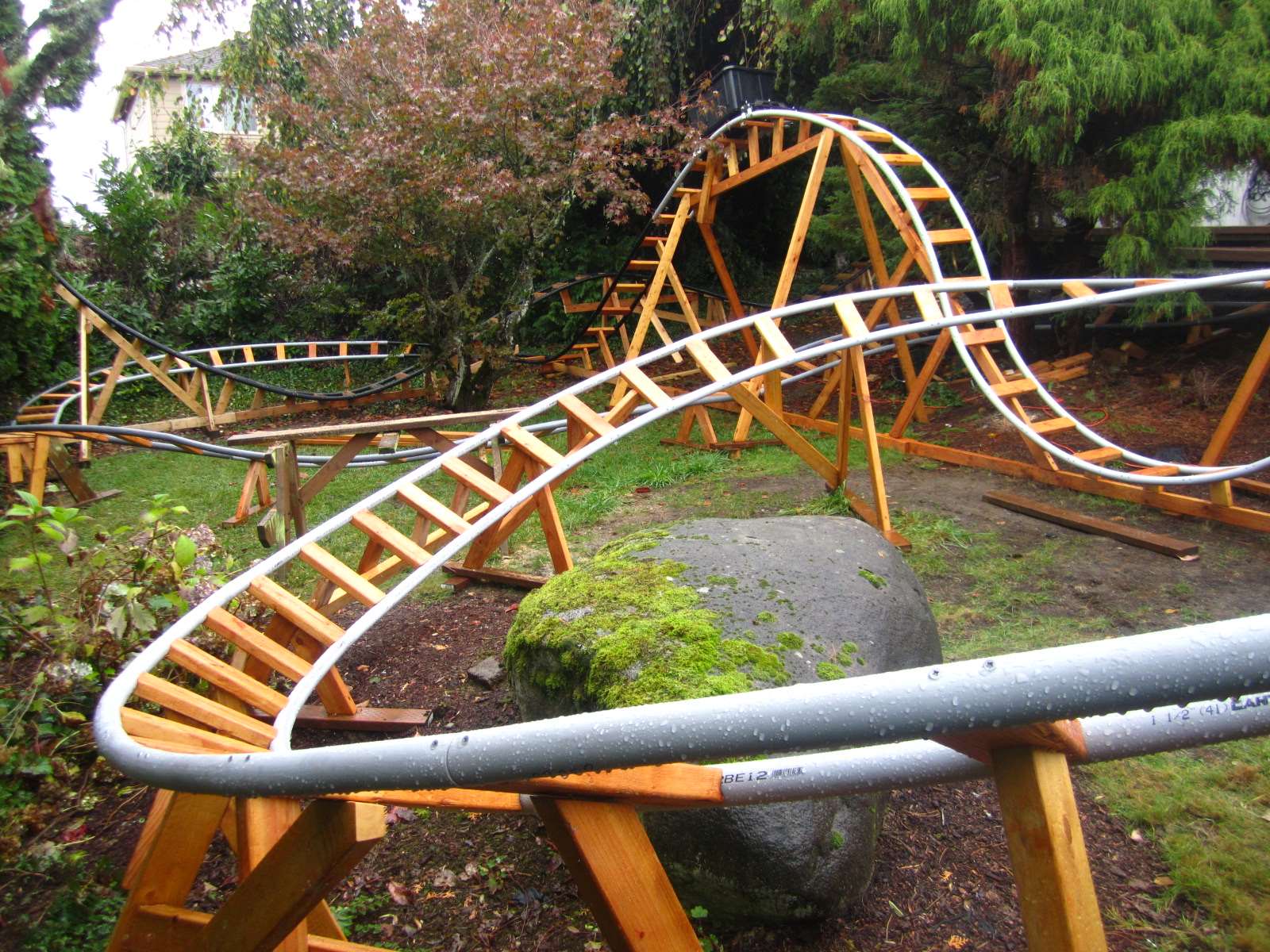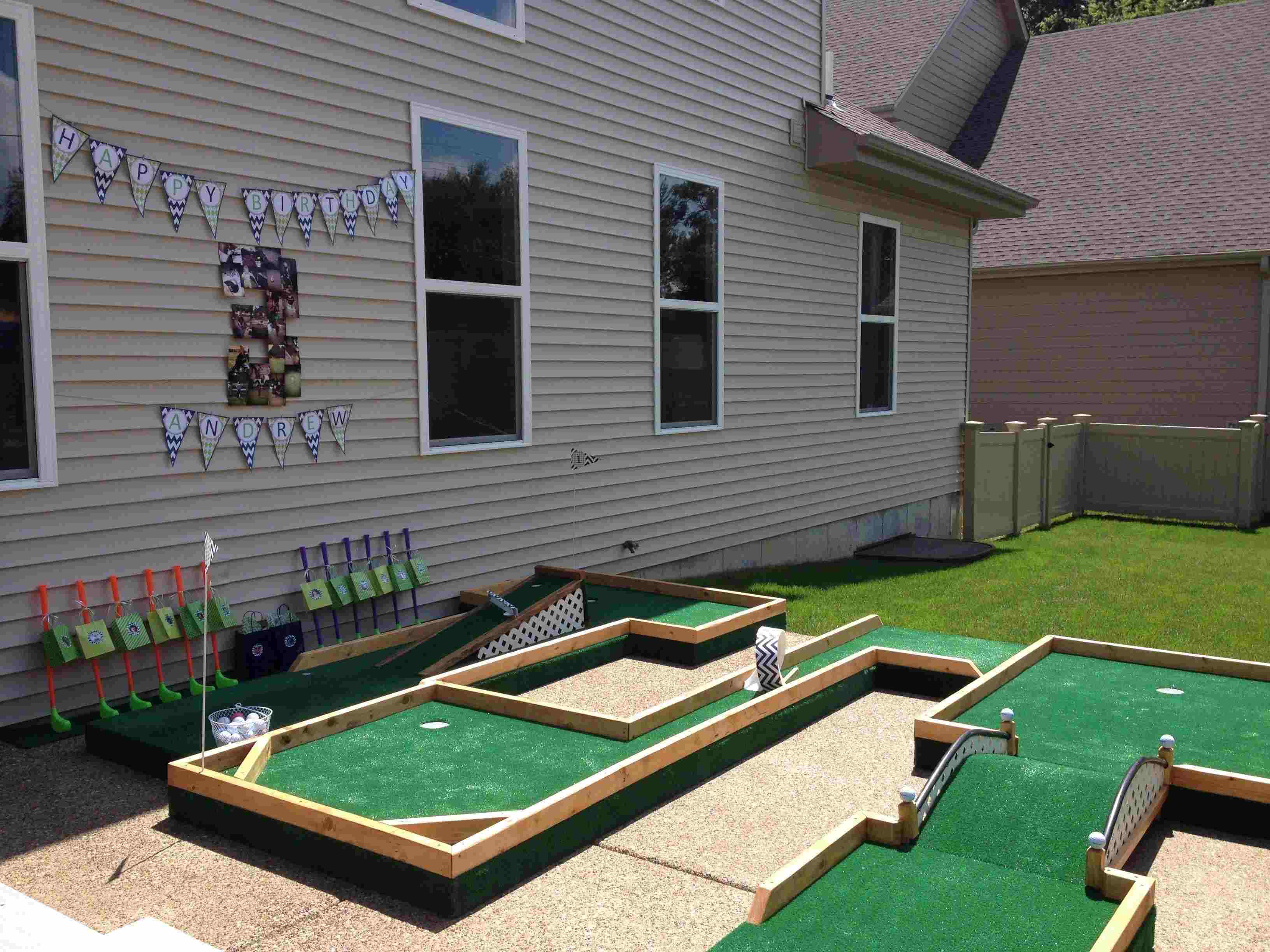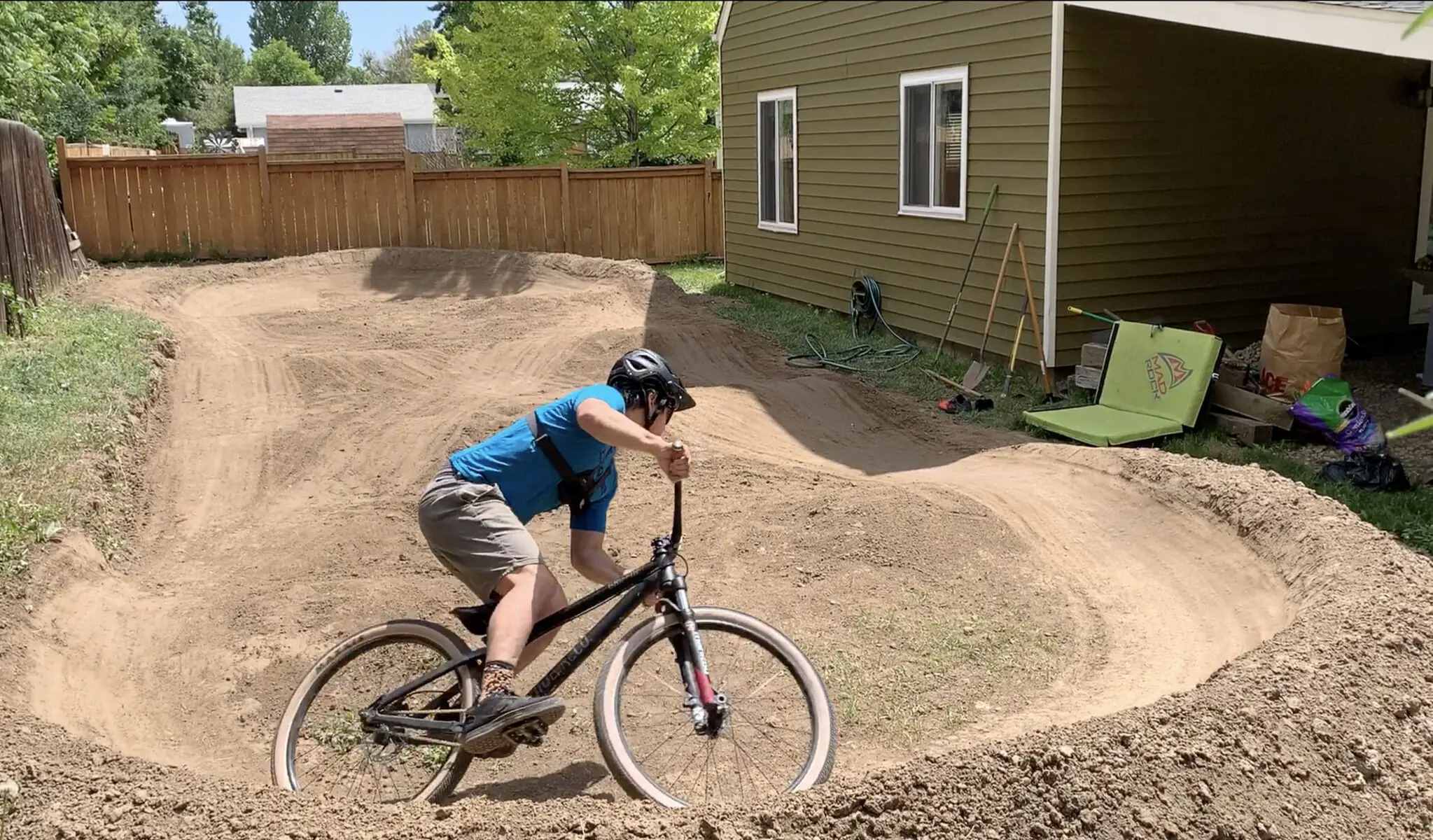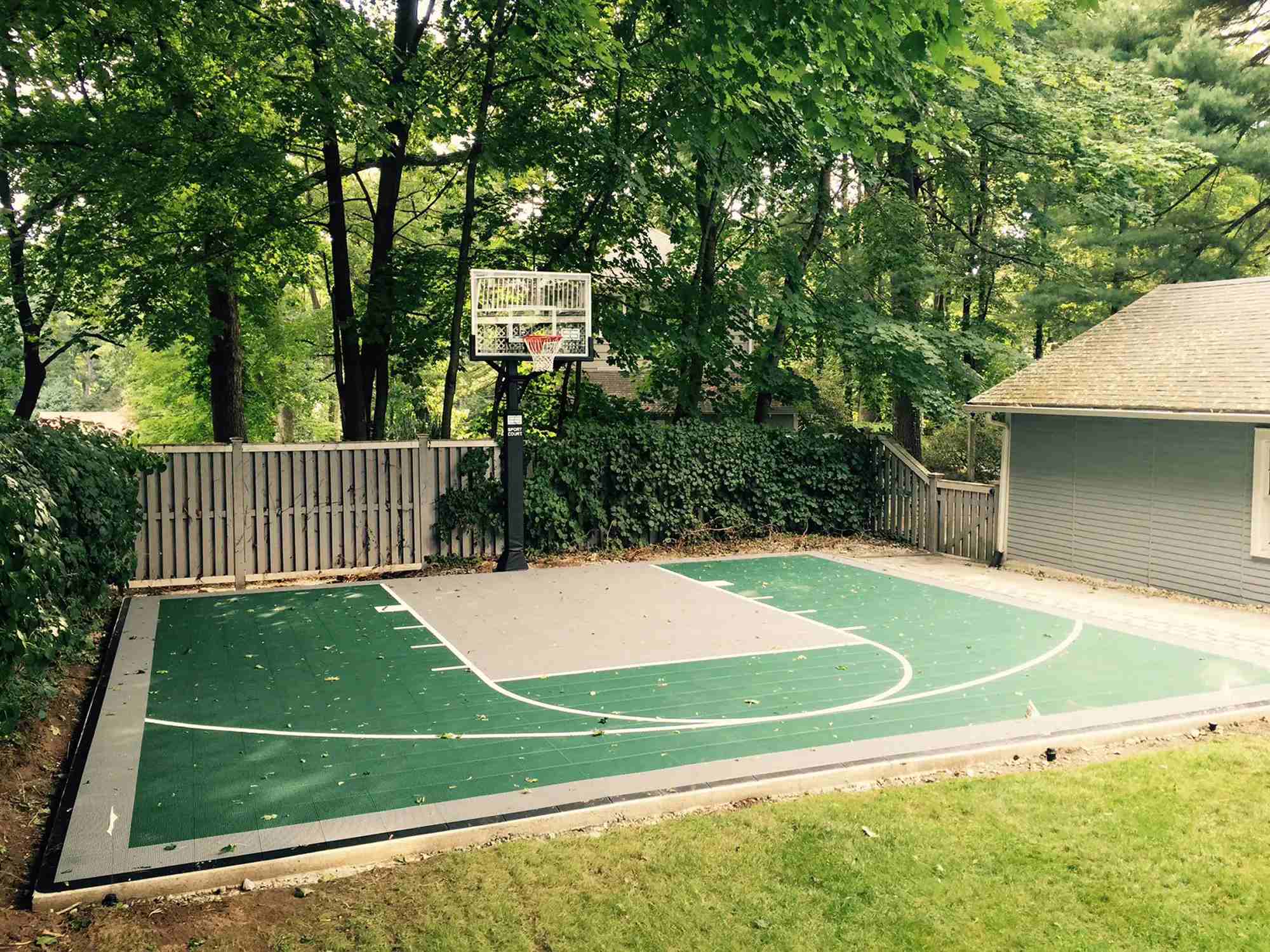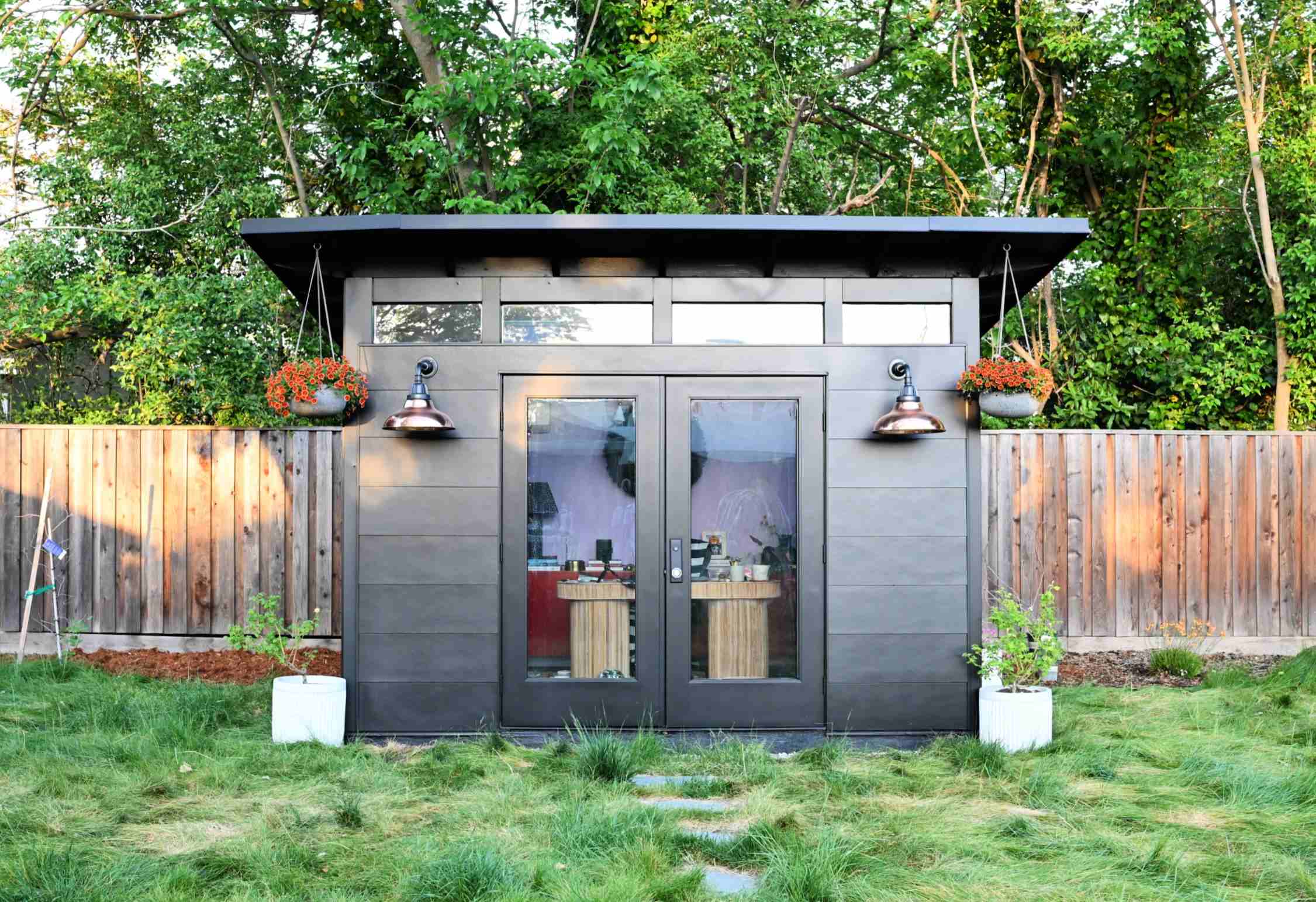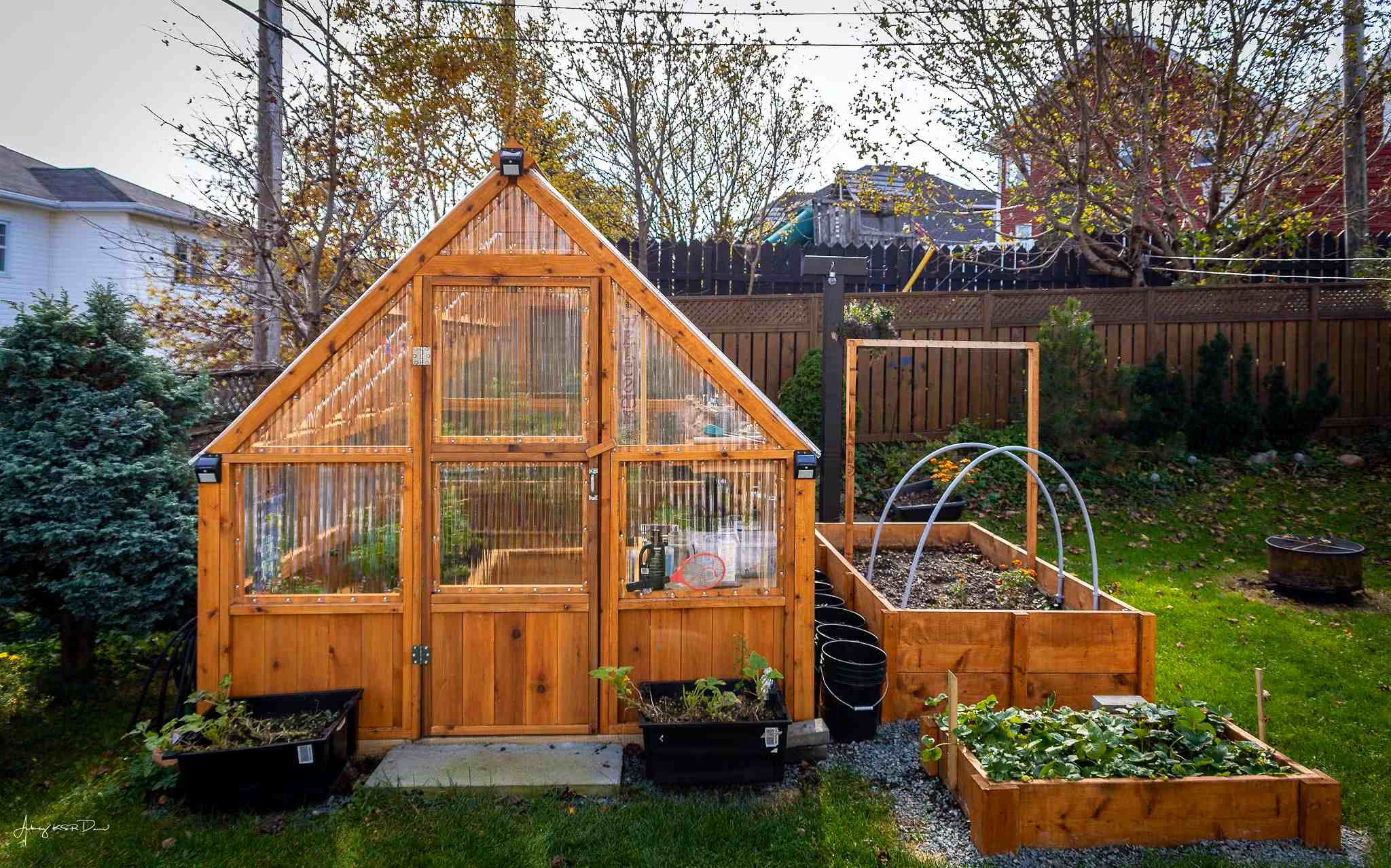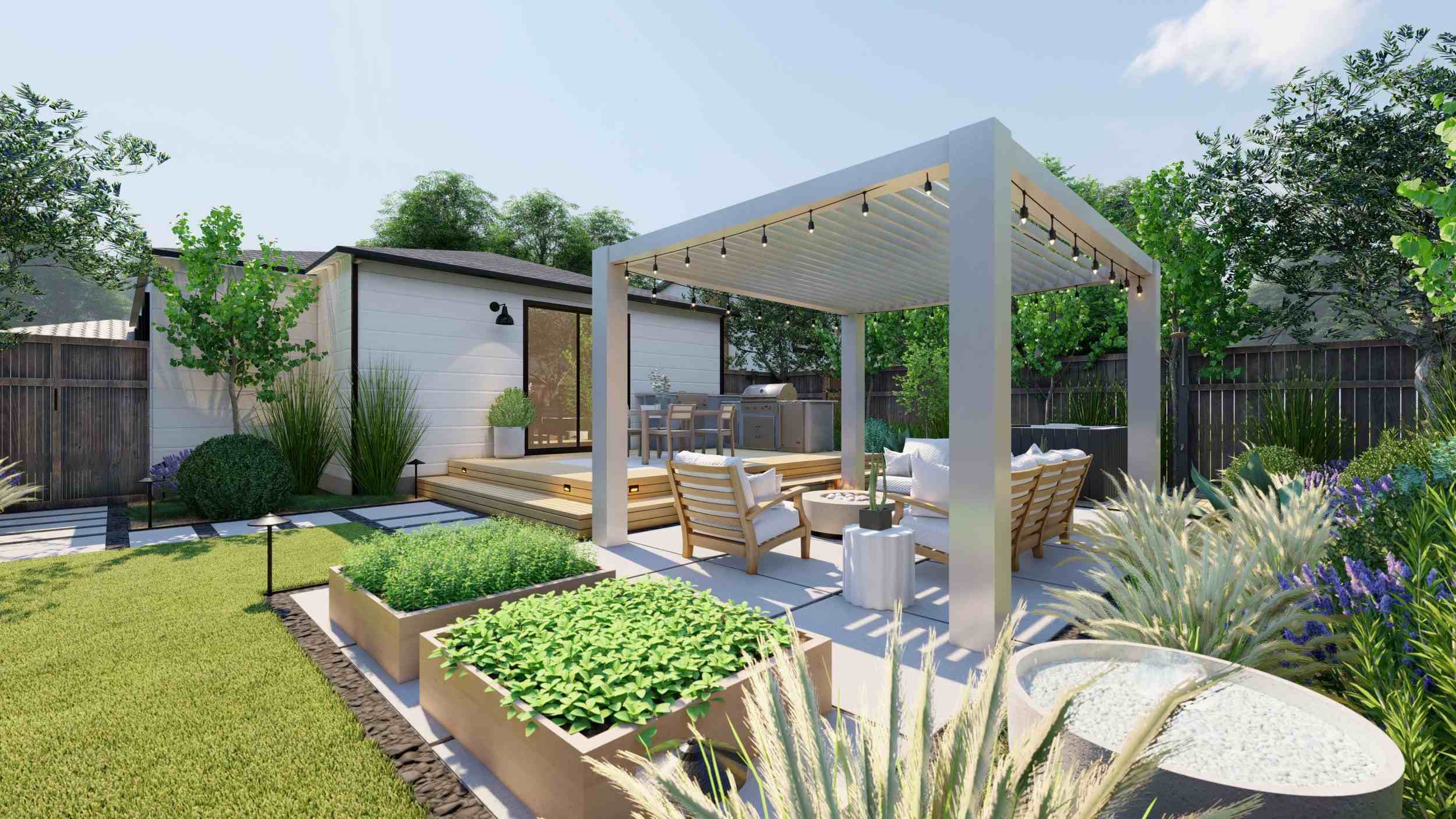Home>Garden Design>How Much To Build A Tennis Court In Your Backyard
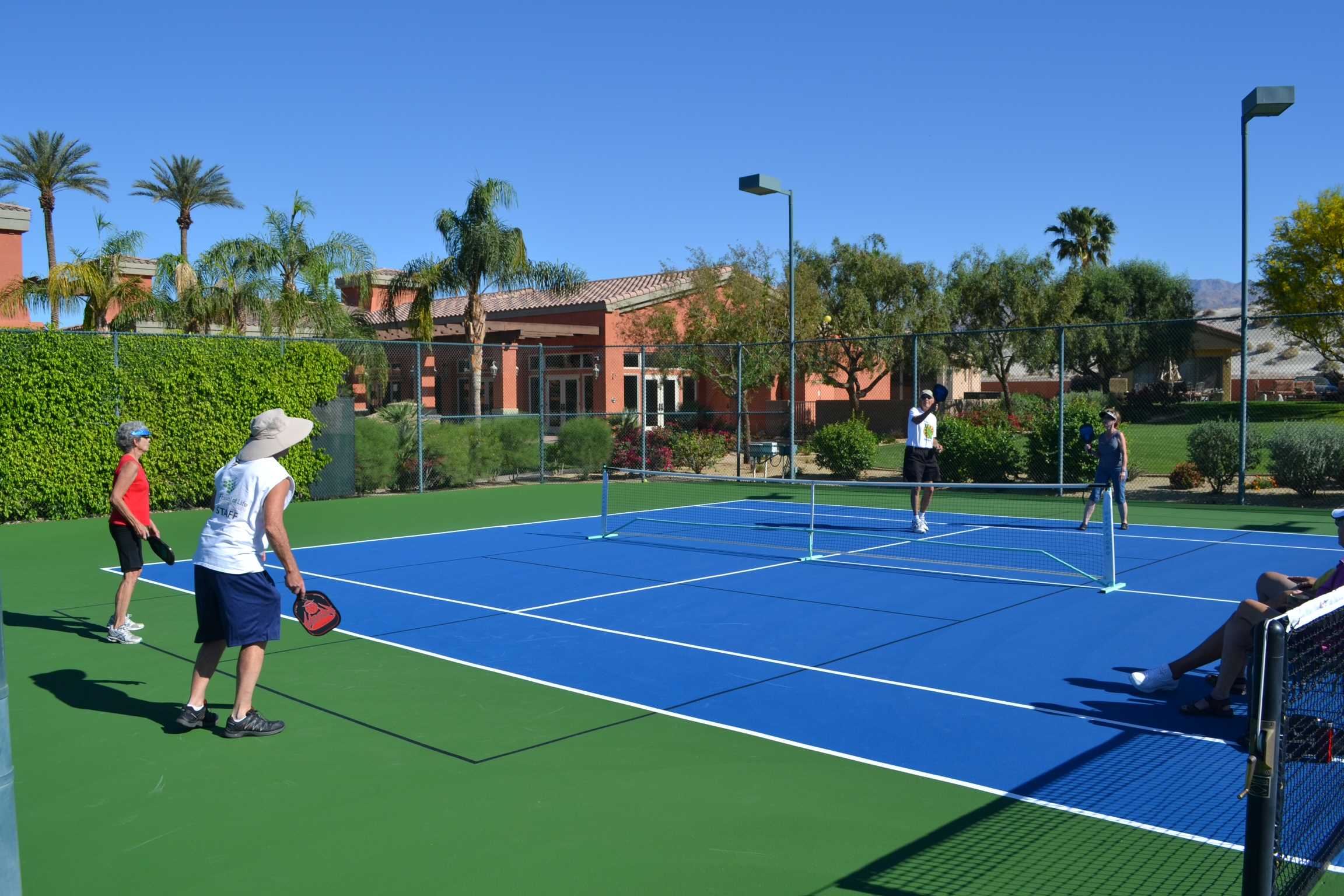

Garden Design
How Much To Build A Tennis Court In Your Backyard
Published: August 5, 2023
Looking to transform your backyard with a tennis court? Discover the cost of landscape design and how much it'll take to build a tennis court in your own backyard.
(Many of the links in this article redirect to a specific reviewed product. Your purchase of these products through affiliate links helps to generate commission for Chicagolandgardening.com, at no extra cost. Learn more)
Table of Contents
- Introduction
- Factors Affecting the Cost of Building a Tennis Court
- Determining the Right Location for Your Tennis Court
- Selecting the Tennis Court Surface Material
- Preparing the Site for Tennis Court Construction
- Hiring a Professional Tennis Court Builder
- Cost Breakdown of Building a Tennis Court
- Additional Considerations and Expenses
- Maintenance and Upkeep of Your Tennis Court
- Conclusion
Introduction
Transforming your backyard into a recreational oasis is a dream for many homeowners. And for those who enjoy sports and outdoor activities, building a tennis court can be the perfect addition. Not only does it provide a dedicated space for playing tennis, but it also adds value to your property and creates a space for family and friends to gather and have fun.
However, before jumping into the project, it is essential to understand the factors that affect the cost of building a tennis court. Several variables come into play, such as the size of the court, surface material, site preparation, and labor costs. By assessing these factors and making informed decisions, you can ensure that your project stays within budget while meeting your needs and preferences.
In this article, we will guide you through the process of building a tennis court in your backyard. We will discuss the various factors that influence the overall cost and provide insights on the right location, surface materials, and the importance of hiring a professional tennis court builder.
Additionally, we will break down the expenses involved in constructing a tennis court, including both the initial installation costs and ongoing maintenance expenses. By the end of this article, you will have a comprehensive understanding of what it takes to bring your backyard tennis court dreams to life.
So, whether you’re a tennis enthusiast looking for a dedicated space to hone your skills or a homeowner seeking to enhance the beauty and functionality of your outdoor space, read on to discover the ins and outs of building a tennis court in your backyard.
Factors Affecting the Cost of Building a Tennis Court
Building a tennis court involves various factors that can greatly impact the overall cost of the project. Understanding these factors will help you make informed decisions and plan your budget accordingly. Here are the key elements that influence the cost of building a tennis court:
- Size of the Court: The size of the tennis court plays a significant role in determining the cost. A standard tennis court measures 78 feet in length and 36 feet in width, encompassing a total area of 2,808 square feet. However, if you have space constraints or specific preferences, you can opt for a smaller or larger size, which will impact the cost.
- Tennis Court Surface Material: The choice of surface material for your tennis court has a substantial impact on both the cost and playing experience. Common options include concrete, asphalt, clay, grass, and synthetic materials like acrylic or rubber. Each material has different installation and maintenance requirements, with costs varying accordingly.
- Site Preparation: Proper site preparation is crucial for the longevity and performance of your tennis court. Factors such as the condition of the soil, drainage requirements, and the need for retaining walls or grading can affect the cost. If the site requires extensive preparation, such as clearing trees or removing obstacles, additional expenses may be incurred.
- Location: The location of your tennis court can impact the cost in several ways. Factors to consider include accessibility, permits, zoning regulations, and land grading requirements. Additionally, if your property is situated in an area with challenging terrain or limited access, construction costs may be higher.
- Accessories and Amenities: Depending on your preferences and budget, you may choose to incorporate additional accessories and amenities into your tennis court. These can include fencing, lighting, seating areas, ball machines, and storage facilities. Each of these additions will contribute to the overall cost.
- Labor Costs: Hiring a professional tennis court builder is essential to ensure quality construction and long-term durability. Labor costs can vary based on factors such as the complexity of the project, local labor rates, and the reputation and experience of the contractor.
By considering these factors, you can gain a clearer understanding of how each one impacts the overall cost of building a tennis court. This knowledge will help you make informed decisions and plan your budget accordingly, ensuring that you create the perfect tennis court that fits your needs and preferences.
Determining the Right Location for Your Tennis Court
Choosing the right location for your tennis court is crucial for ensuring optimal playing conditions and functionality. Several factors should be taken into account when determining the placement of the court within your backyard. Here’s what you need to consider:
- Available Space: Evaluate the size and shape of your backyard to determine if it can accommodate a standard-sized tennis court or if adjustments need to be made. Ensure that there is ample space surrounding the court for safety and ease of movement.
- Sun Exposure: Ideally, your tennis court should be positioned to take advantage of natural light while minimizing glare. Consider the path of the sun throughout the day to ensure that it doesn’t interfere with gameplay. If shade is desired, take note of nearby structures or trees that can provide it.
- Wind Direction: Analyze the prevailing wind direction in your area and aim to position the court accordingly. While it may not be possible to completely avoid wind, optimizing the layout can minimize its impact on gameplay.
- Accessibility: Ensure that the location of your tennis court allows for easy access from your home or other areas of your property. Consider factors such as pathways, distance, and any potential obstacles that may hinder accessibility.
- Privacy: If privacy is a concern, assess the placement of your tennis court in relation to neighboring properties. Strategically positioning fencing or landscaping elements can enhance privacy and minimize distractions during gameplay.
- Drainage: It is essential to choose a location with good natural drainage or plan for adequate drainage systems. Poor drainage can lead to water accumulation, which can affect the court’s performance and durability.
- Permits and Regulations: Before finalizing the location of your tennis court, familiarize yourself with local building codes, permits, and zoning regulations. Ensure that you comply with all necessary requirements to avoid any legal issues in the future.
By carefully considering these factors, you can determine the optimal location for your tennis court. It’s recommended to consult with a professional tennis court builder or landscape architect who can provide valuable insights based on their expertise and experience. Taking the time to find the right location will contribute to the functionality, aesthetics, and long-term enjoyment of your backyard tennis court.
Selecting the Tennis Court Surface Material
When it comes to selecting the surface material for your tennis court, there are several options to consider. Each material offers unique characteristics that impact playability, durability, maintenance requirements, and cost. Understanding the pros and cons of each surface material will help you make an informed decision. Here are some popular choices:
- Concrete: Concrete courts are known for their durability and low maintenance. They provide a consistent playing surface and are resistant to weather conditions. However, concrete can be hard on the joints and may require additional cushioning layers for player comfort.
- Asphalt: Asphalt courts are a cost-effective option and offer good slip resistance, making them suitable for recreational play. However, they require regular maintenance to prevent cracks and deterioration caused by UV rays and weather conditions.
- Clay: Clay courts offer excellent impact absorption and slide traction. The natural feel and slower ball speed make it an ideal choice for players who prefer slow-paced games. However, clay courts require regular maintenance, including watering, rolling, and resurfacing to prevent drying out and unevenness.
- Grass: Grass courts provide a luxurious playing surface with reduced impact on the joints. They offer a fast playing experience and excellent ball bounce. However, grass courts require high maintenance, including frequent watering, mowing, and professional care to keep the surface in optimal condition.
- Synthetic Materials: Synthetic surfaces such as acrylic and rubber offer a range of options, including hard court and cushioned court systems. They provide good playing characteristics, versatility, and durability. Synthetic surfaces require minimal maintenance but may need periodic resurfacing to maintain performance and appearance.
When choosing the surface material, consider factors such as your playing style, budget, climate conditions, and maintenance preferences. It’s also important to consult with a professional tennis court builder or surface specialist, who can provide expert guidance based on your specific needs.
Remember, the surface material you select will significantly impact the playing experience and long-term maintenance requirements of your tennis court. Take the time to evaluate your options and choose a surface material that aligns with your preferences and ensures years of enjoyable gameplay.
Preparing the Site for Tennis Court Construction
Proper site preparation is essential to ensure the longevity and performance of your tennis court. Before construction begins, several steps need to be taken to prepare the site. Here’s what you need to know:
- Survey and Marking: Engage a professional surveyor to accurately mark the boundaries and level the site for construction. This step ensures that the court is built on a level surface and meets the required specifications.
- Clearing the Area: Clear any vegetation, debris, trees, or obstacles from the construction area. This includes removing rocks, roots, and other potential hazards that could interfere with the court’s integrity or drainage.
- Excavation: Excavate the site to the required depth based on the chosen surface material. Proper excavation allows for the installation of the necessary base layers, ensuring stability and performance. It’s crucial to remove any excess or unstable soil and compact the remaining soil to provide a solid foundation.
- Drainage System: Install a comprehensive drainage system to prevent water accumulation on the court. Proper drainage helps maintain the court’s integrity, prevents cracking, and ensures a longer lifespan. This may include installing sub-surface drains, French drains, or specialized drainage systems based on the site’s requirements.
- Base Construction: Construct the base layers based on the chosen surface material. This typically includes adding layers of crushed stone, gravel, and sometimes clay or other specialized materials. Each layer is compacted to provide stability and a suitable surface for the chosen tennis court material.
- Fencing and Surroundings: Install fencing around the court to provide security, privacy, and containment during gameplay. Consider factors like height, material, access gates, and any local regulations. It’s also an opportunity to incorporate landscaping elements or seating areas to enhance the aesthetics of the court.
- Utilities: If necessary, arrange for the installation or relocation of utilities such as gas, water, or electrical lines that may interfere with the court. Consult with the appropriate professionals to ensure the safe and proper placement of utilities.
Preparing the site for tennis court construction requires careful planning and attention to detail. It’s essential to work with a professional tennis court builder or construction team experienced in site preparation to ensure that all necessary steps are completed correctly.
By properly preparing the site, you lay the foundation for a high-quality tennis court that will withstand the test of time and provide you with years of enjoyment.
Hiring a Professional Tennis Court Builder
Building a tennis court is a complex project that requires the expertise and experience of a professional tennis court builder. While it may be tempting to take on the construction yourself or hire an inexperienced contractor to save costs, hiring a professional is vital to ensure a high-quality and long-lasting tennis court. Here are the key reasons why you should hire a professional:
- Expertise and Experience: Professional tennis court builders have the knowledge and expertise to handle all aspects of the construction process. They understand the intricacies involved in court design, surface selection, site preparation, and proper installation techniques. Their experience allows them to overcome challenges and ensure a well-constructed and durable tennis court.
- Quality Materials and Equipment: A professional tennis court builder has access to high-quality materials and the necessary equipment to complete the project efficiently and to the highest standards. They have established relationships with reputable suppliers and can recommend the most suitable materials for your specific court requirements.
- Compliance with Regulations: Tennis court construction often requires permits and adherence to local building codes and regulations. Professional court builders are well-versed in these requirements and will ensure that your project complies with all necessary regulations. This can save you time and potential legal issues in the future.
- Efficiency and Timeliness: Professional builders have the skills and resources to complete the project in a timely manner. They will create a construction plan, coordinate with subcontractors if necessary, and efficiently manage the project from start to finish. This minimizes disruptions to your property and ensures that your tennis court is ready for use as soon as possible.
- Warranty and Maintenance: Reputable tennis court builders offer warranties on their workmanship and can provide guidance on proper court maintenance. They understand the specific care requirements for different surface materials and can advise you on maintenance practices to extend the life of your tennis court.
When hiring a professional tennis court builder, it’s important to research and choose a reputable company with a track record of successful projects. Seek recommendations from trusted sources, review their portfolio, and request references from past clients. Additionally, ensure that they are licensed, insured, and have the necessary certifications.
Investing in a professional tennis court builder may require a higher upfront cost, but it ensures a high-quality and well-constructed court that you can enjoy for years to come.
Cost Breakdown of Building a Tennis Court
When planning to build a tennis court, it’s essential to have a clear understanding of the costs involved. The overall cost will vary depending on factors such as the size, surface material, site preparation, and additional amenities. Here is a breakdown of the costs you can expect:
- Site Preparation: Site preparation expenses typically include clearing the area, excavation, grading, and the installation of drainage systems. Depending on the complexity of the site and any necessary additional work, site preparation costs can range from $5,000 to $20,000 or more.
- Tennis Court Surface Material: The cost of the surface material will vary based on the chosen material and its quality. Concrete and asphalt surfaces tend to be more cost-effective, ranging from $15,000 to $40,000. Clay and grass surfaces can range from $30,000 to $60,000 or more. Synthetic materials like acrylic or rubber can range from $40,000 to $80,000 or higher, depending on the specific product.
- Construction and Labor: Labor costs for building a tennis court can vary depending on factors such as the size and complexity of the project, location, and the expertise of the contractor. On average, labor costs can range from $10,000 to $30,000 or more.
- Fencing and Accessories: The cost of fencing will depend on factors such as the desired height, material, and any decorative elements. Expect to budget around $10,000 to $20,000 for fencing. Additional amenities such as lighting, seating areas, and landscaping can add to the overall cost, ranging from a few thousand dollars to tens of thousands, depending on your preferences.
- Permits and Fees: Building permits and any associated fees will vary depending on local regulations and the complexity of the project. These costs can range from a few hundred dollars to a few thousand dollars.
Considering the factors mentioned, the total cost of building a tennis court can range from $50,000 to over $200,000. This wide variation is due to differences in court size, surface materials, site conditions, and additional features.
It’s important to note that these cost estimates are rough guidelines, and the actual expenses may vary based on your specific requirements and location. To get an accurate estimate for your project, it’s advisable to consult with multiple professional tennis court builders and obtain detailed quotes based on your specific needs and preferences.
Additional Considerations and Expenses
Building a tennis court involves more than just the initial construction costs. There are additional considerations and expenses that should be taken into account to ensure the long-term functionality and enjoyment of your tennis court. Here are a few important factors to consider:
- Maintenance Costs: Proper maintenance is key to preserving the condition and performance of your tennis court. Maintenance expenses can include cleaning, resurfacing, resealing, line repainting, and addressing any necessary repairs. Budget for routine maintenance costs, which can range from a few hundred to a few thousand dollars per year, depending on the court’s size and material.
- Court Accessories and Equipment: Depending on your preferences and playing needs, you may require additional equipment such as nets, posts, ball machines, and scoreboards. These accessories can contribute to the overall cost of your tennis court.
- Insurance: It’s important to consider the insurance costs associated with having a tennis court on your property. Consult with your insurance provider to ensure that your tennis court is adequately covered against any potential damages or liabilities.
- Utilities: If you plan to incorporate lighting or other amenities that require electricity, there will be ongoing costs for electricity usage. Additionally, if you choose to heat or cool your court, there will be additional utility costs to consider.
- Resale Value: Building a tennis court can add value to your property. However, it’s important to consider the local market and whether potential buyers in your area would perceive a tennis court as a desirable feature. While it may not directly impact your immediate expenses, understanding the potential impact on resale value is crucial.
- Community Regulations: If you live in a neighborhood or within a homeowners association, it’s essential to review any rules or restrictions regarding the construction and use of a tennis court. Ensure that you comply with all regulations and obtain any necessary approvals before proceeding with your project.
These additional considerations and expenses may influence your decision-making process and budgeting for your tennis court project. Take the time to thoroughly research and plan for these factors to ensure a successful and enjoyable tennis court experience.
Maintenance and Upkeep of Your Tennis Court
Maintaining your tennis court is crucial to ensure its longevity, performance, and aesthetics. Regular maintenance and upkeep will help preserve the playing surface, prevent damage, and enhance your overall playing experience. Here are some essential maintenance tasks to consider:
- Cleaning: Regularly clean your tennis court to remove debris, leaves, dirt, and other contaminants. Sweeping or using a leaf blower can help keep the surface clean and prevent the buildup of debris that can lead to slipperiness or damage.
- Pressure Washing: Periodically pressure wash the court surface to remove stubborn stains, dirt, mold, or mildew. This will help maintain the court’s appearance and prevent the growth of algae or moss.
- Inspecting for Damage: Routinely inspect the court for any signs of cracks, unevenness, or damage to the surface, net posts, fencing, or other accessories. Addressing any issues promptly can prevent further damage and ensure player safety.
- Resurfacing: Depending on the surface material, resurfacing may be required every 5 to 10 years or as needed. This involves applying a new layer of the chosen surface material to restore the court’s smoothness, appearance, and playing characteristics.
- Line Repainting: Over time, the lines on your tennis court may fade or wear out. Regularly repaint the lines to ensure visibility and accuracy during gameplay. This can usually be done using specialized court paints or tapes.
- Drainage Maintenance: Inspect and clean the court’s drainage system to ensure proper water flow and prevent water from pooling on the surface. Clogged drains can lead to water damage or deterioration of the court’s base layers.
- Investing in Protective Measures: Consider investing in protective measures to extend the life of your tennis court. This can include using court covers during periods of inactivity, installing windbreaks to minimize wind damage, or using sun shades or awnings to protect the court from excessive sun exposure.
- Regular Play: Regular use of your tennis court can help maintain its condition. It prevents the surface from becoming stagnant and reduces the likelihood of weed growth or moss accumulation.
It’s important to note that maintenance requirements may vary based on the surface material and local climate conditions. Consult with your tennis court builder or maintenance professionals to understand the specific maintenance recommendations for your court.
By implementing a consistent maintenance routine and addressing any issues promptly, you can ensure that your tennis court remains in optimal condition, providing you with a safe and enjoyable playing environment for years to come.
Conclusion
Building a tennis court in your backyard can provide you and your family with years of enjoyment and a dedicated space for physical activity. It’s a significant investment that requires careful planning, consideration of various factors, and the expertise of a professional tennis court builder.
Throughout this article, we have explored the factors that influence the cost of building a tennis court, including the size, surface material, site preparation, and labor costs. We have also emphasized the importance of selecting the right location, choosing the appropriate surface material, and properly preparing the site for construction.
By hiring a professional tennis court builder, you can ensure that the construction process runs smoothly, using high-quality materials and adhering to industry standards. Additionally, we have discussed the additional considerations and expenses involved in building a tennis court, such as ongoing maintenance, insurance, and community regulations.
Maintaining your tennis court through regular cleaning, inspection, and necessary repairs is essential for its longevity and optimal performance. By following the recommended maintenance practices, you can preserve the surface, prevent damage, and provide a safe and enjoyable playing experience for years to come.
In conclusion, building a tennis court in your backyard is a rewarding venture that requires careful planning, informed decision-making, and the assistance of professionals. With the right considerations, proper maintenance, and a passion for the game, you can create a space that promotes physical fitness, family bonding, and countless hours of fun on the tennis court.


